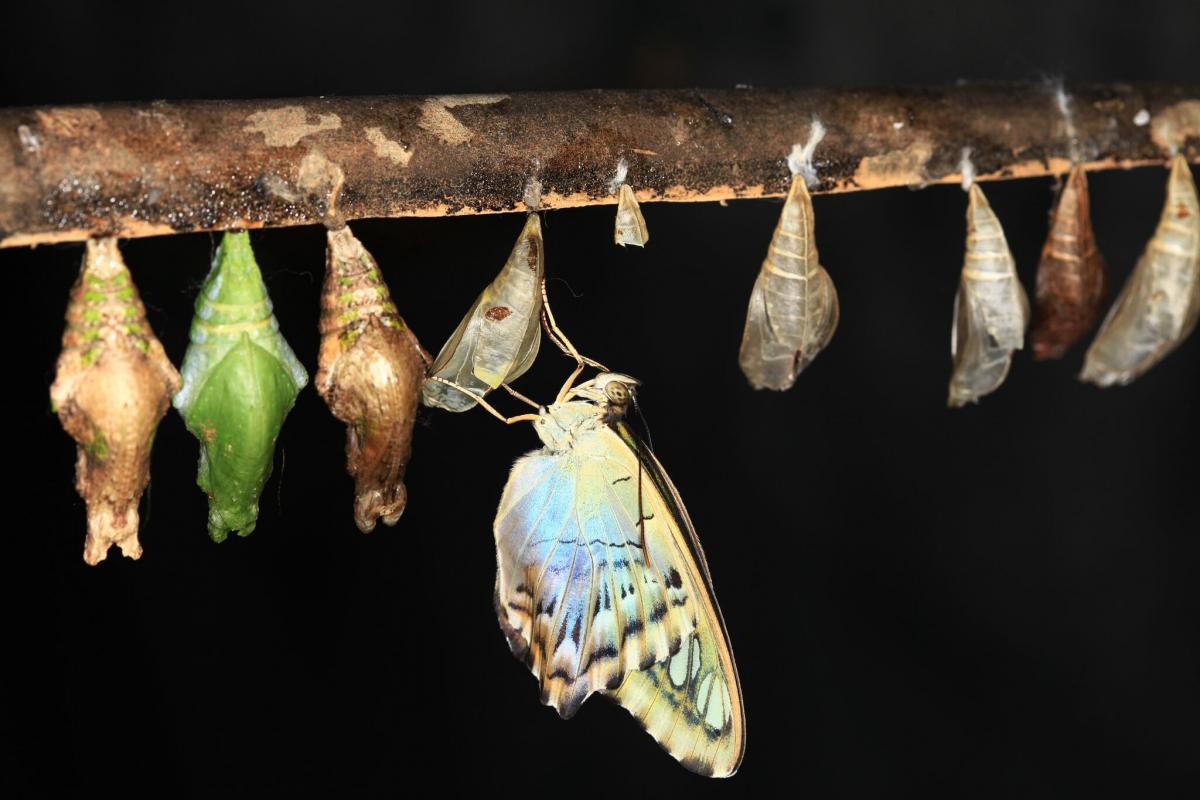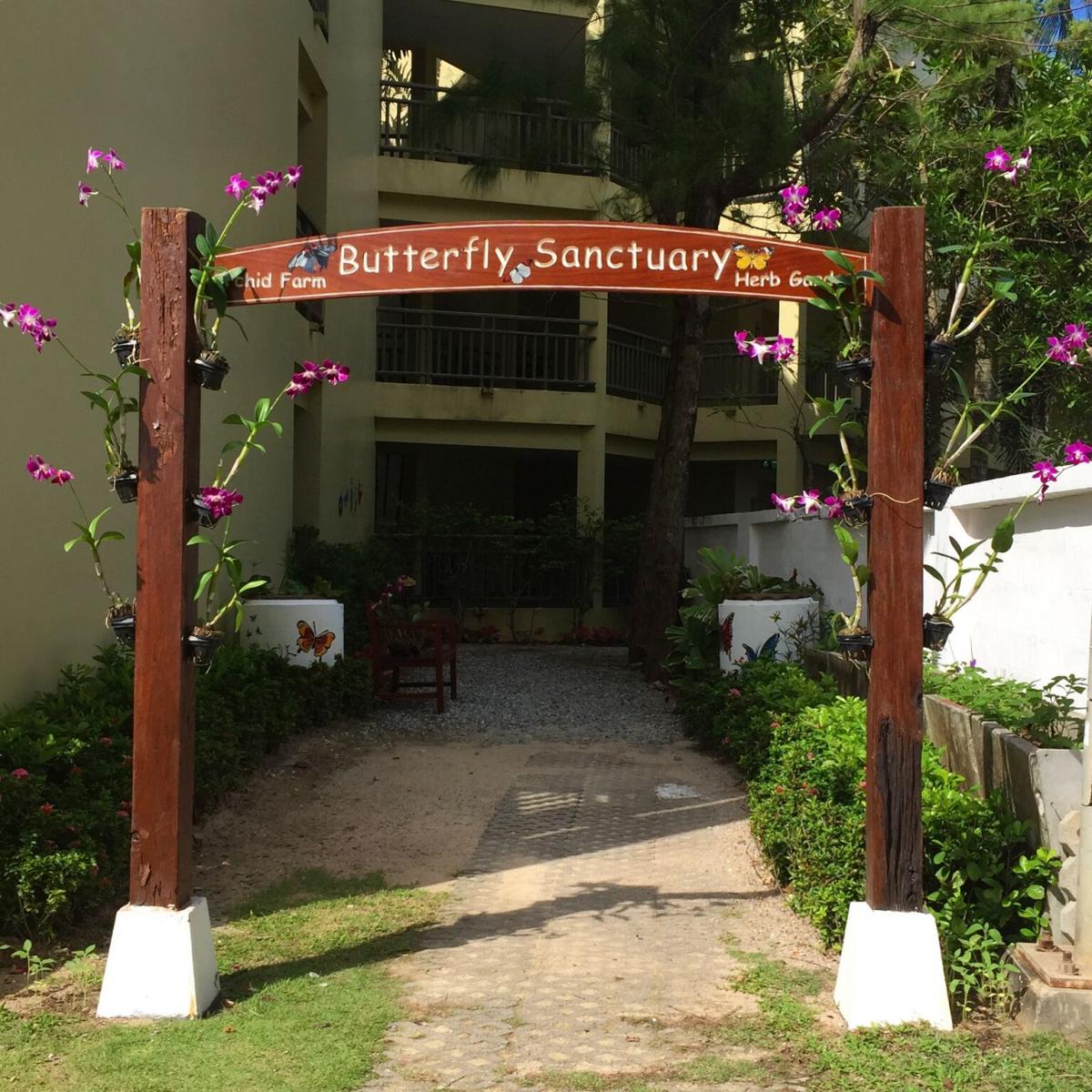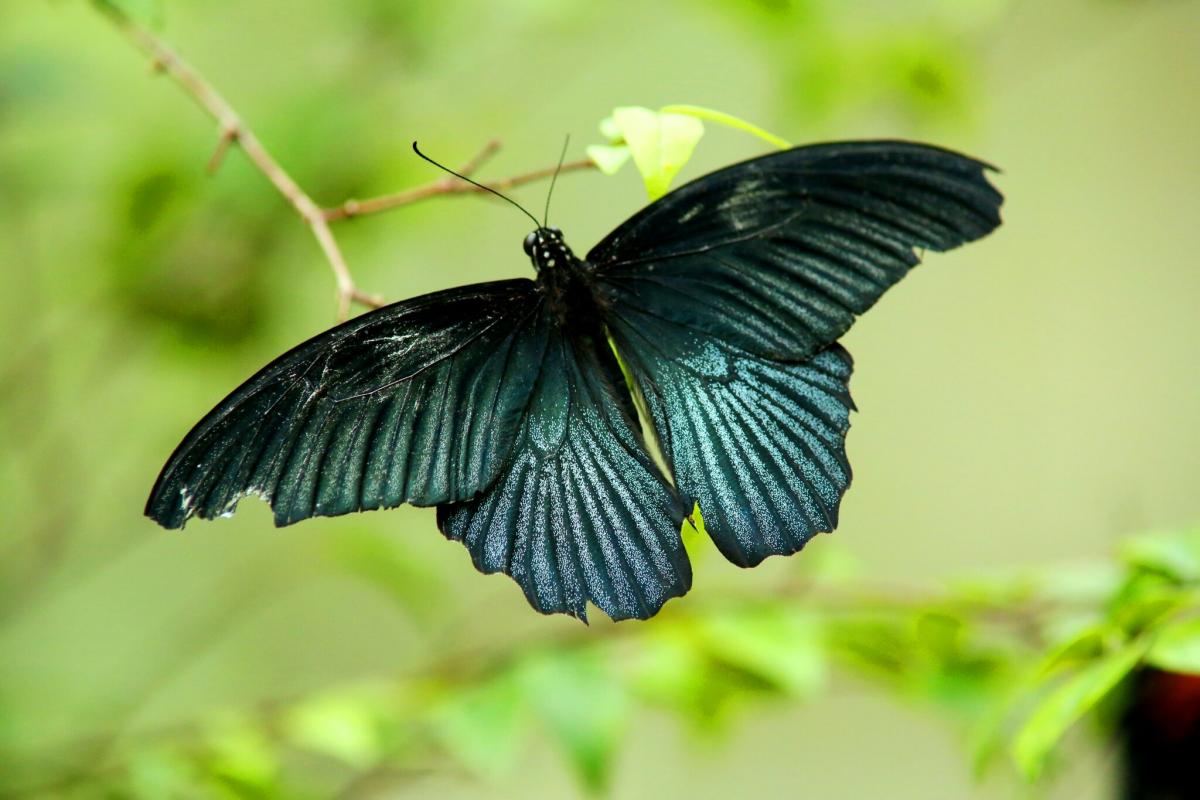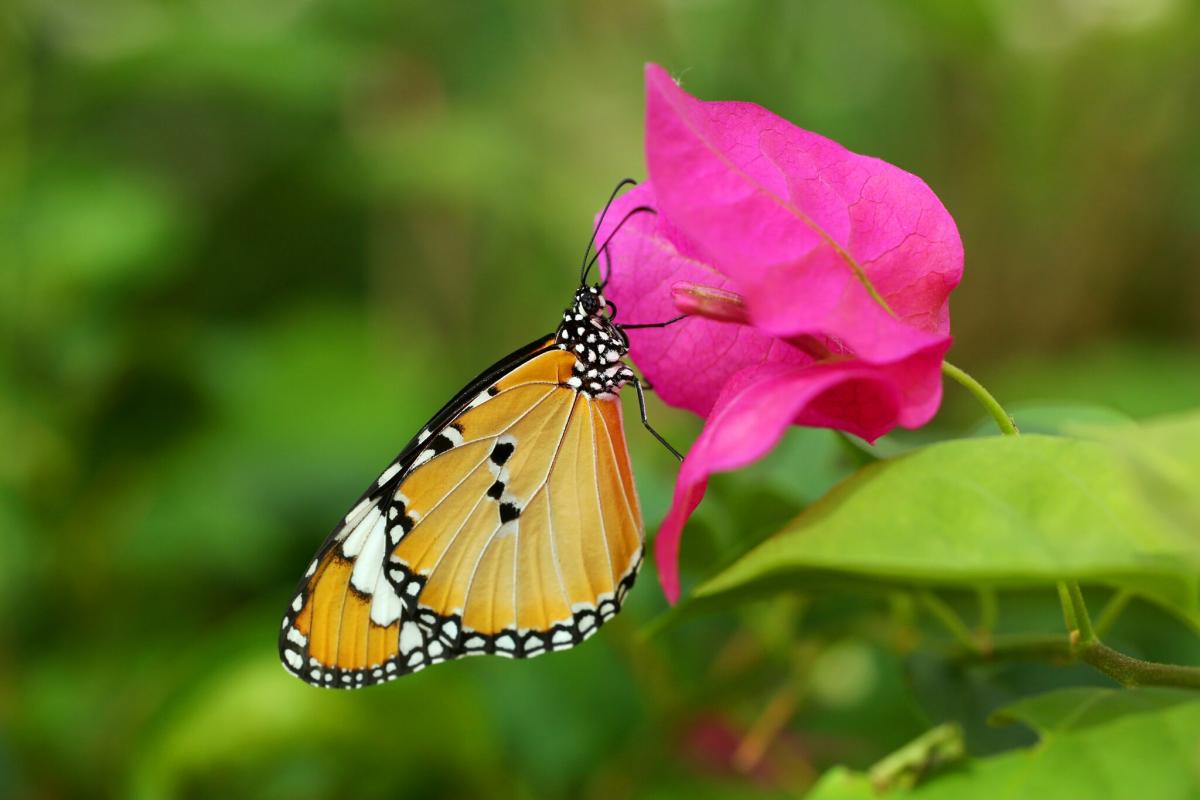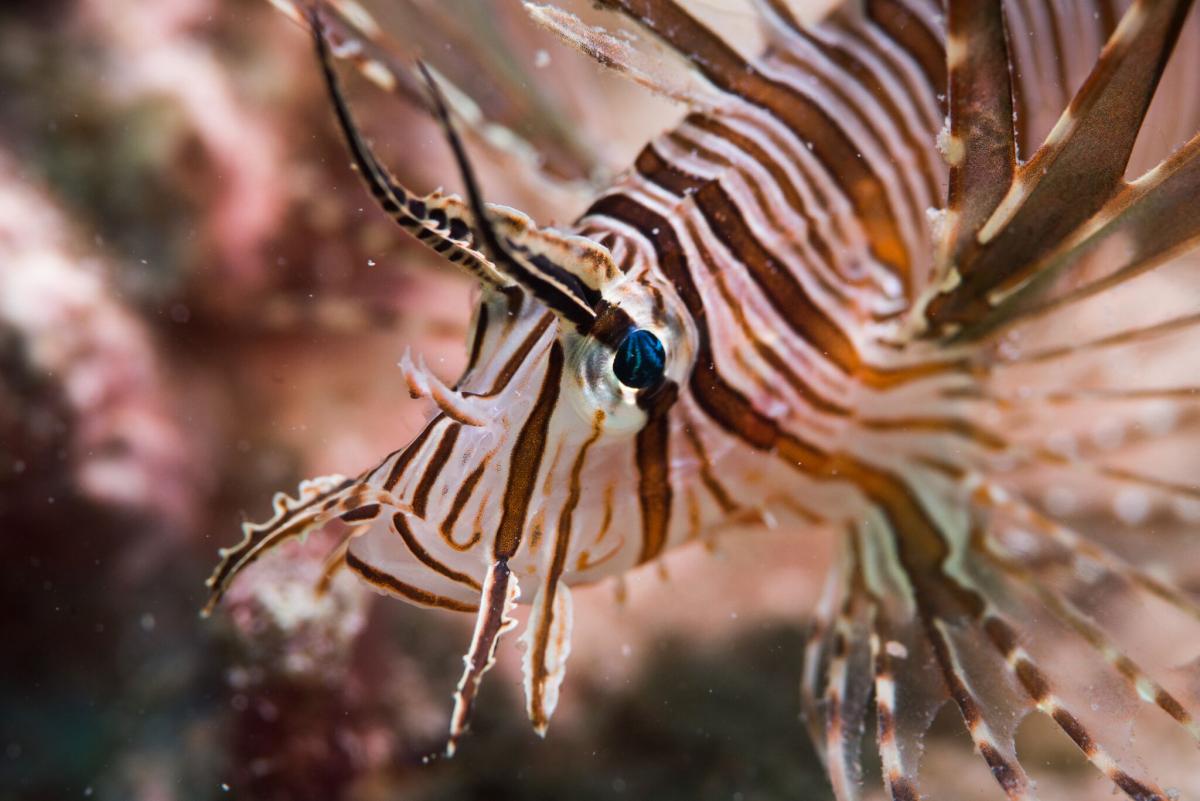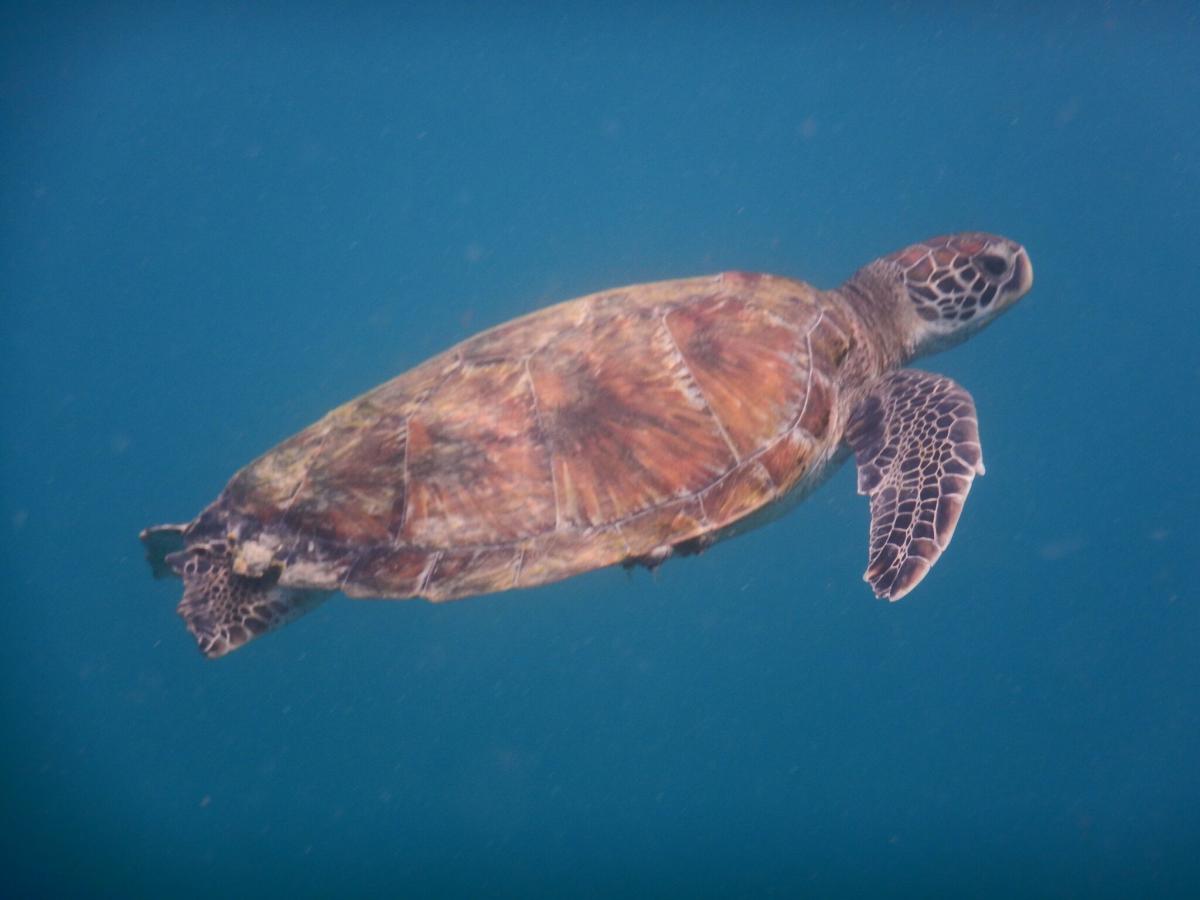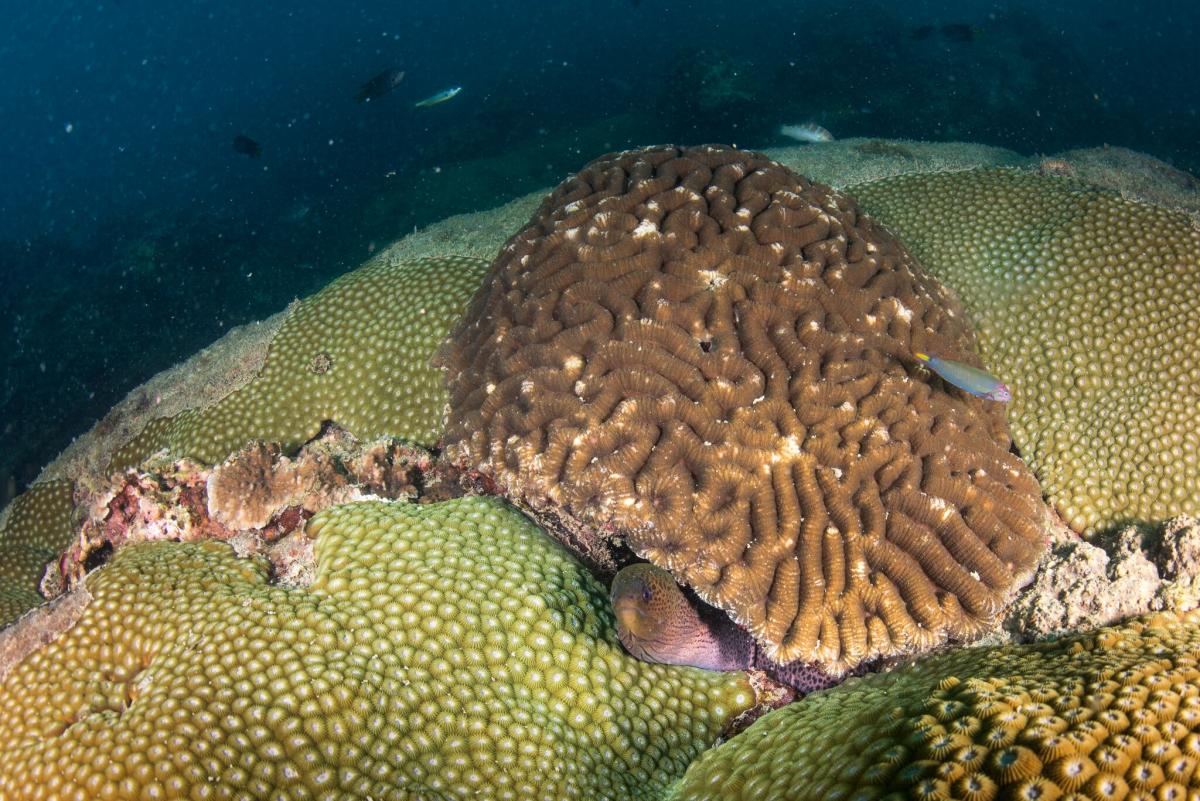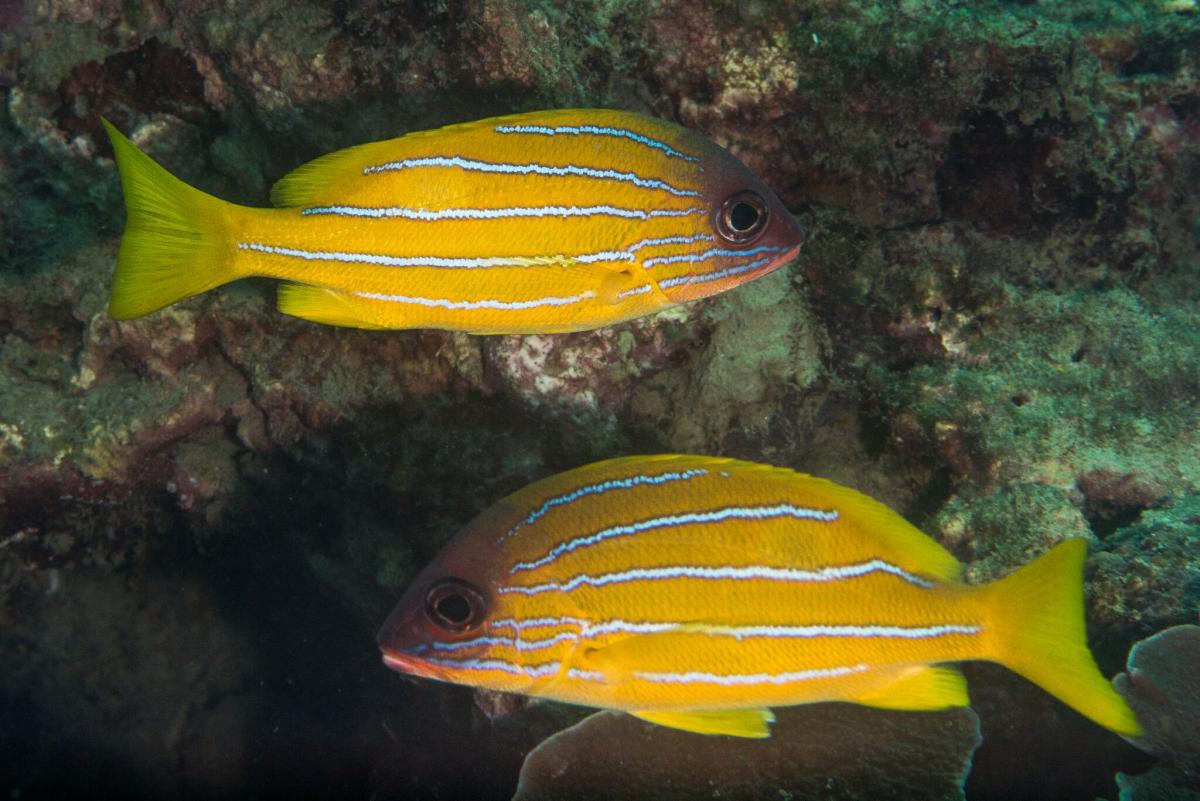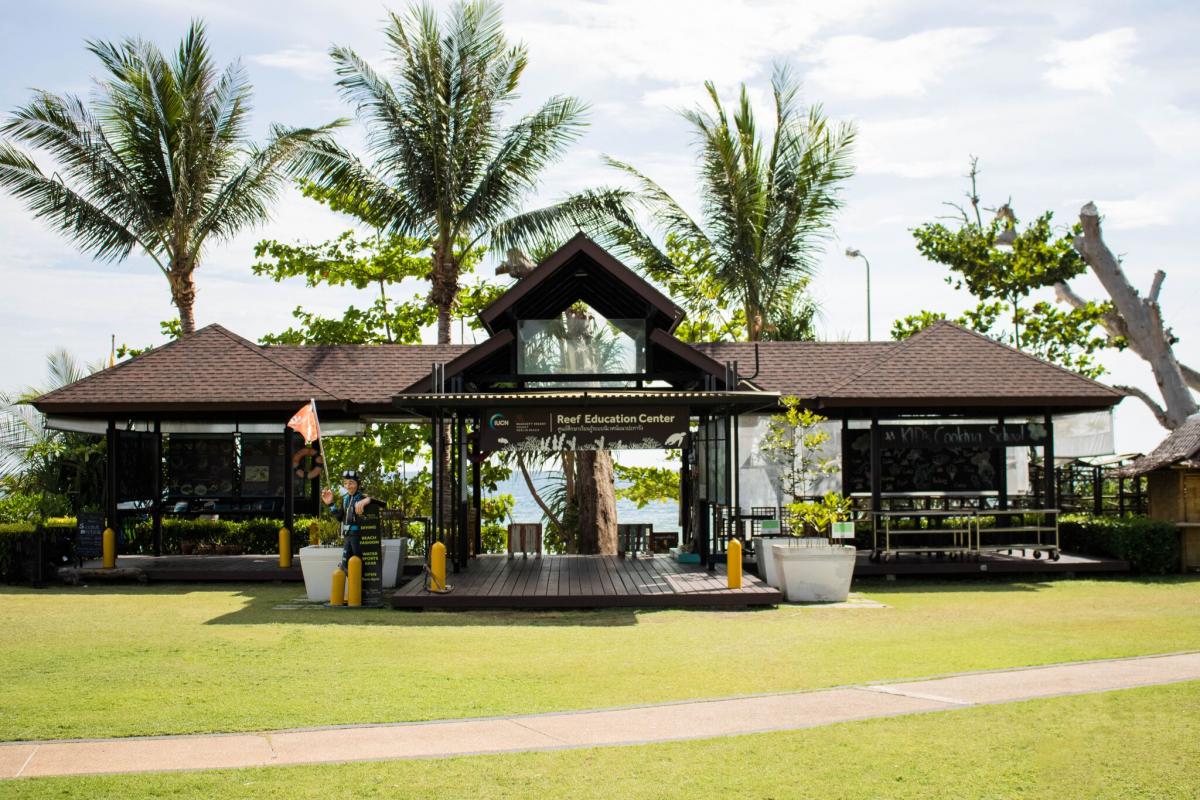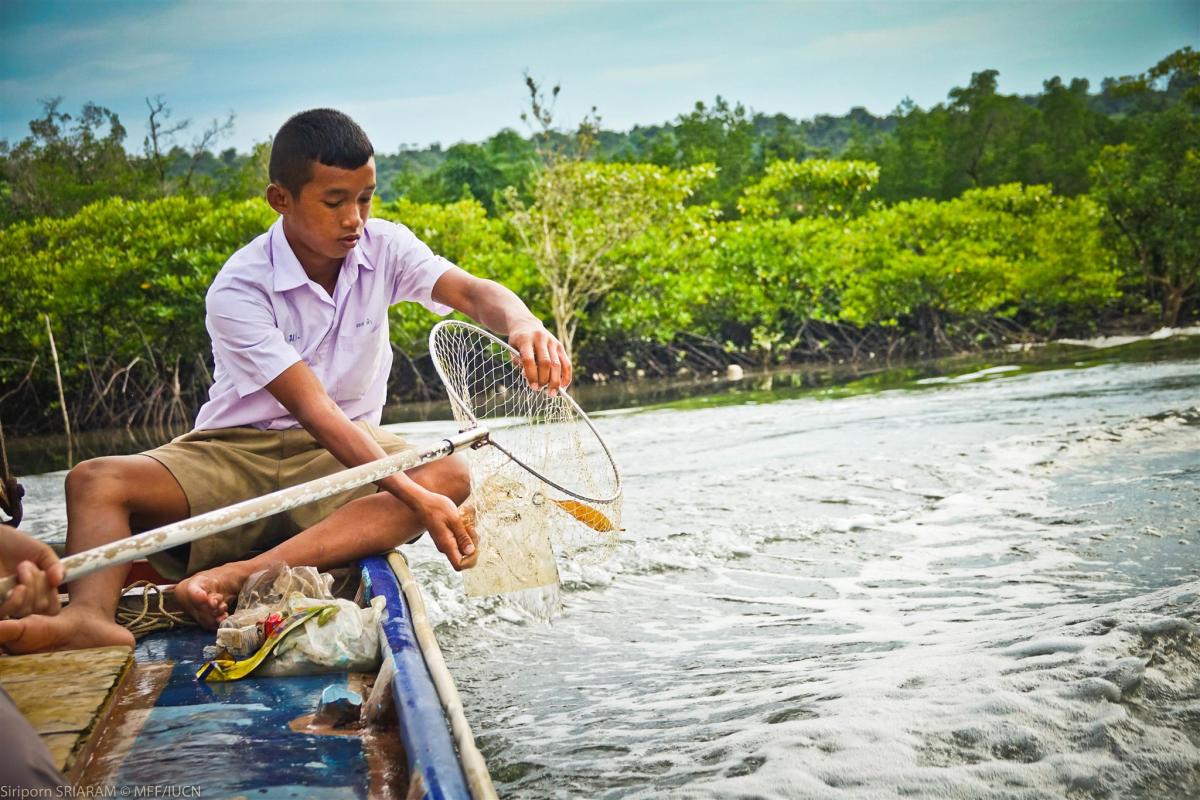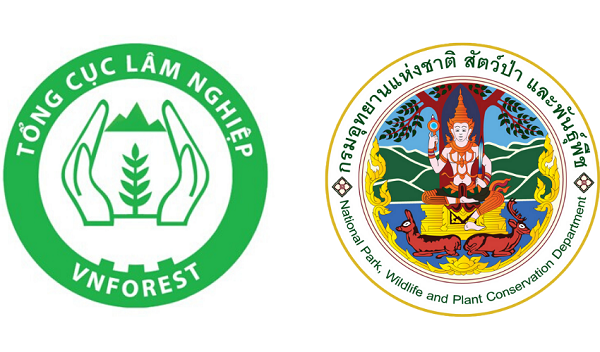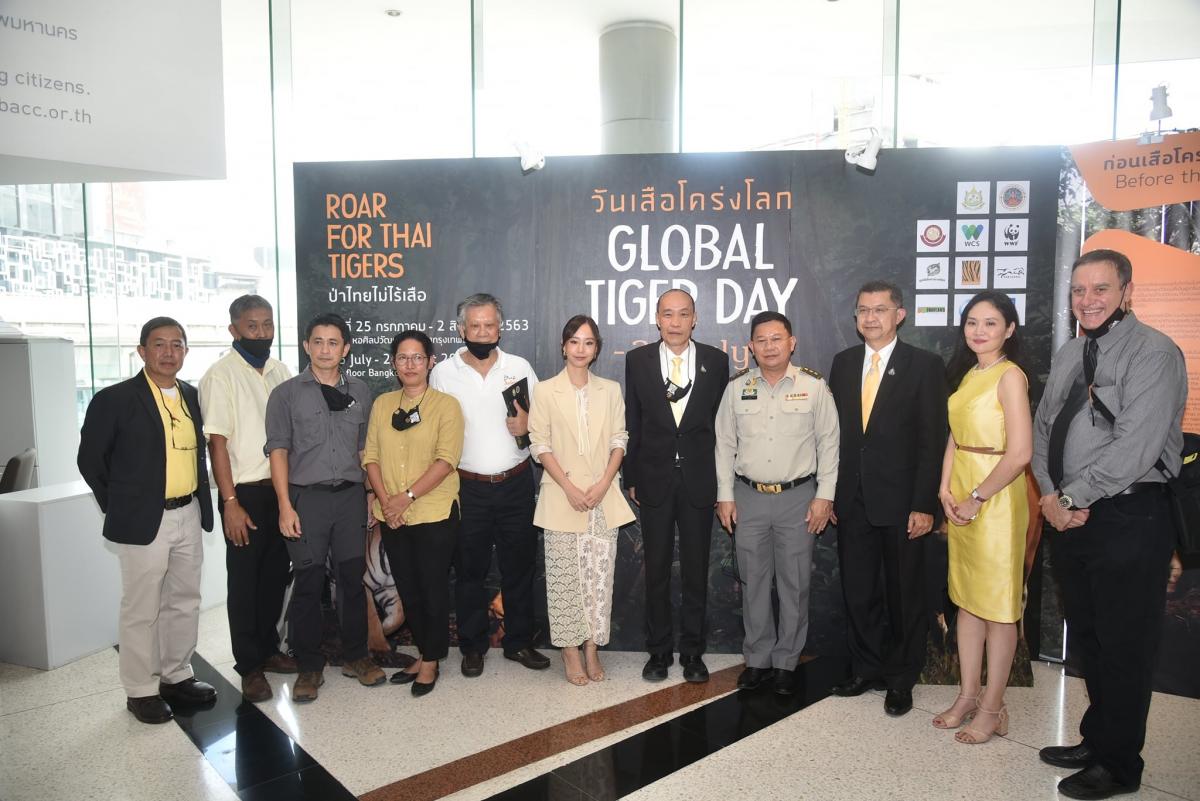Every Day is World Biodiversity Day at Phuket Marriott Resort & Spa Merlin Beach
Since opening in 2016, Phuket Marriott Merlin Beach Resort & Spa has collaborated with the International Union for Conservation of Nature (IUCN) to highlight the incredible biodiversity surrounding the resort property. The hotel is located south of Patong on Tri Trang Beach, and borders both a coral reef and an undeveloped mountain preserve. The resort and IUCN are working together to highlight these unique ecosystems and inform guests about the native flora and fauna, and engage them in protecting these ecosystems for future generations.
Marine Biodiversity
The hotel’s first conservation project was the development of an on-site Reef Education Center, in partnership with IUCN and Sea Bees Diving. The partners worked together to create the House Reef Marine Guidebook, which uses vibrant photos to show guests the range of marine life they can see while snorkeling from shore, with no boat required. Brightly coloured butterflyfish and damselfish dart in and out of branching coral, and camouflaged carnivorous grouper hide amongst the rubble to ambush their prey. The resort’s resident marine biologist has observed over 30 families of pelagic and reef fish, 10 families of corals, and many other echinoderms and crustaceans in the past year; lucky guests may even see a green sea turtle gliding through the shallows and feeding on bright green algae.
The resort and IUCN are working to raise awareness of the threats to reefs and the ways to minimise damage and increase coral cover. Boat anchors, for instance, can seriously damage fragile branching corals. To prevent further damage, the hotel collaborated with the Department of Marine and Coastal Resources and Sea Bees Diving to install four mooring buoys around the bay, encouraging boaters to tie up to a buoy instead of dropping anchor. Discarded fishing gear can also damage the reef by entangling corals and reef fish, and takes years to break down. IUCN and Sea Bees Diving conduct regular reef cleanups to remove these nets and ensure continuous coral growth. This multi-stakeholder participation is a key tenet of the Marriott-IUCN private sector partnership.
Terrestrial Biodiversity
The hotel is also highlighting terrestrial fauna around the property. Last year, they established the Merlin Butterfly Sanctuary in a former garden nursery area. A butterfly breeder on the island was consulted to determine what vegetation would attract egg-laying female butterflies and provide food for developing caterpillars, and would be essential to plant in the garden. Colourful flowering species were also planted as a food source for adult butterflies. The open-air sanctuary has been successful in attracting native butterflies to the area, and the wild population is augmented by the release of native butterflies that have been bred in captivity. More than 30 species of butterflies and moths have been observed in the sanctuary. Guided tours and Butterfly Identification Guides are available to guests to explain the importance of butterflies and moths as pollinators and a food source for other animals, including bats.
Bats are also regular guests at Marriott Merlin. Every evening, just after sunset, colonies of Horsfield’s bat (Myotis horsfieldii) and common pipistrelle (Pippistrellus pippistrellus) leave their roosts and fly around the hotel corridors, feeding on insects like mosquitoes and moths. A single bat can eat up to 1,000 mosquitoes in an hour, using echolocation to catch their prey. The bats only stay at the hotel for a short time, before flying off into the night to forage elsewhere.
By educating hotel management and staff about the ecosystems surrounding the properties, projects can be developed to conserve the environment and teach visitors about tropical flora and fauna. Engaging with local wildlife can leave a lasting impact on visitors to Thailand.
